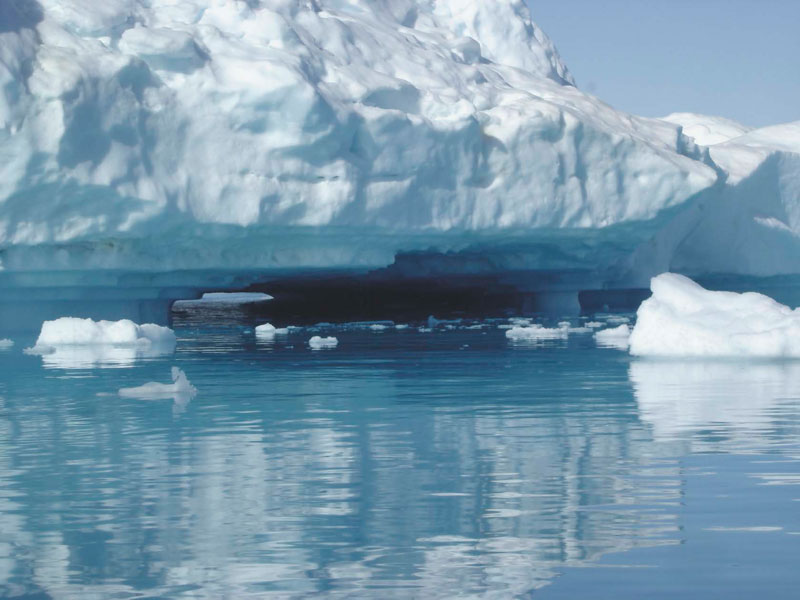
|
The SED participated in building a state-of-the art seismic network in the Arctic. We built and now continue to operate 3 stations in the new international broadband seismic capability for Greenland, the GreenLand Ice Sheet monitoring Network (GLISN). This real-time sensor array enhances and upgrades performance of the very limited pre-existing Greenland seismic infrastructure for detecting and characterizing glacial earthquakes and other phenomena emitting seismic waves. The Greenland Ice Sheet is changing, and seismology has the means to “hear” and measure these changes. Continuous, long-term monitoring of the dynamics of the Greenland Ice Sheet and its relationship to global climate change is a fundamental observational enterprise which requires multi-sensing techniques. The development of GLISN brings the seismology component into focus for monitoring Greenland’s Ice Sheet. Glacial earthquakes have been observed along the edges of Greenland with strong seasonality and increasing frequency since 2002 by continuously monitoring data from the Global Seismographic Network (GSN). These glacial earthquakes in the magnitude range 4.6-5.1 may be modeled as a large glacial ice mass sliding downhill several meters (e.g. 10 km3 by 10 m) on its basal surface over a duration of 30 to 60 seconds. Although the mechanics of sudden sliding motions at the glacial base are not known, seasonal and temporal patterns are consistent with a dynamic response to climate warming driven by an increase in surface melting and supply of meltwater to the glacial base, and suggest that the glacial earthquakes may serve as a marker of ice-sheet response to external forcing. Before GLISN, the detection and characterization of smaller glacial earthquakes was limited by the propagation distance to globally distributed seismic stations. Now, glacial earthquakes can be identified only using the more than 30 GLISN seismic stations within and surrounding Greenland. Because of the long durations of sliding, these glacial earthquakes do not appear in standard earthquake catalogs, and are best detected by broadband seismometers, which accurately measure both fast (< second) and slow (> 100sec) vibrations. Such seismic monitoring of the Greenland Ice Sheet via glacial earthquakes will complement both surficial GPS monitoring and remote sensing from satellites, by providing sensitivity to the dynamics of the glaciers at basal depths. In addition, real-time detection of glacial earthquakes permits rapid response and focusing of other sensing techniques to the dynamic region of the Ice Sheet. All the data from the GLISN is openly available to anyone in real-time, without restriction. |
|---|---|
| Project Leader at SED | John Clinton |
| Funding Source | SNF R’Equip |
| Duration | 2008-2010 |
| Keywords | Greenland, Seismic Networks, Ice Sheet |
| Research Field | Seismic Network, Seismotectonics, Real-time monitoring |
| Website | https://www.glisn.info/ |
Clinton, J. F., M. Nettles, F. Walter, K. Anderson, T. Dahl-Jensen, D. Giardini, A. Govoni, W. Hanka, S. Lasocki, W. S. Lee, D. McCormack, S. Mykkeltveit, E. Stutzmann and S. Tsuboi (2015). Seismic Network in Greenland Monitors Earth and Ice System. Eos Trans. AGU 95(2), 13-14. doi: 10.1002/2014EO020001